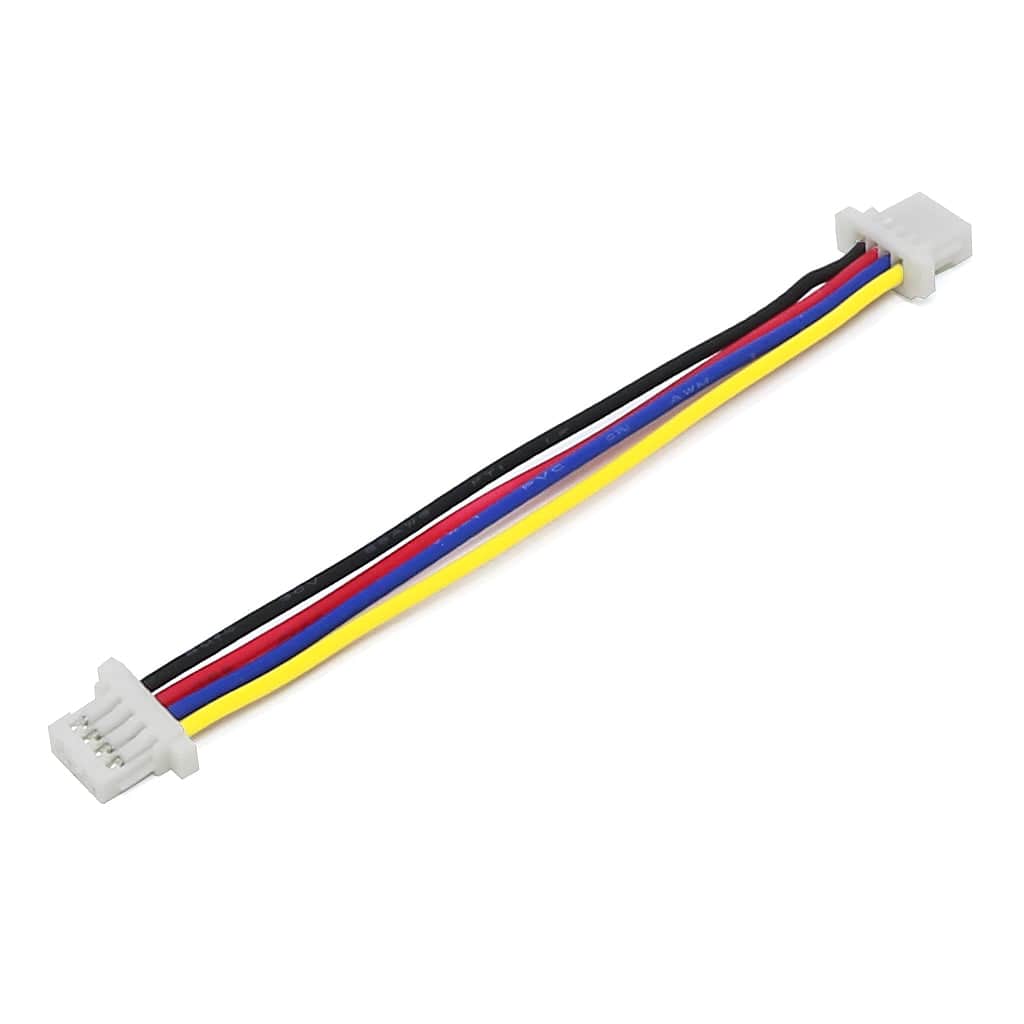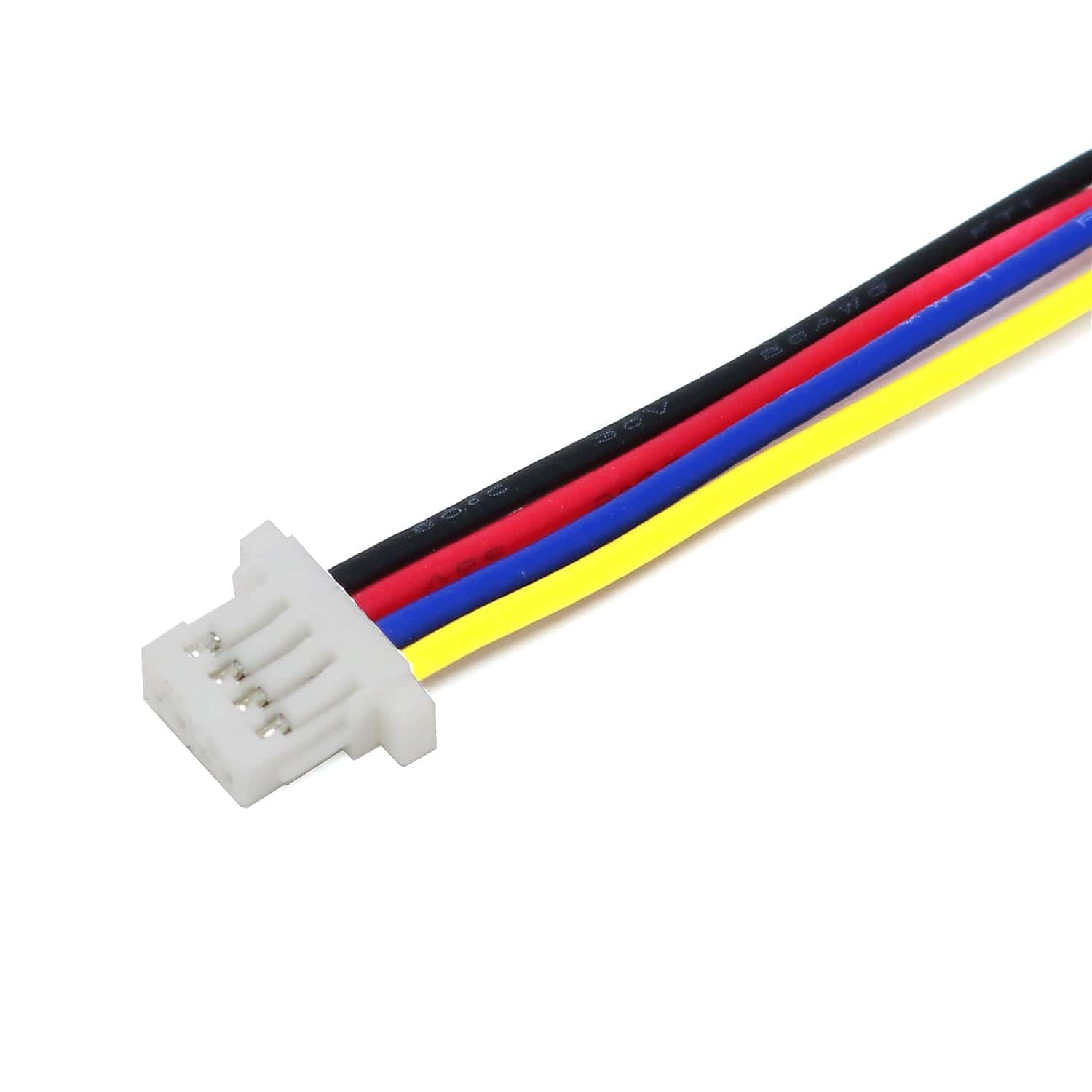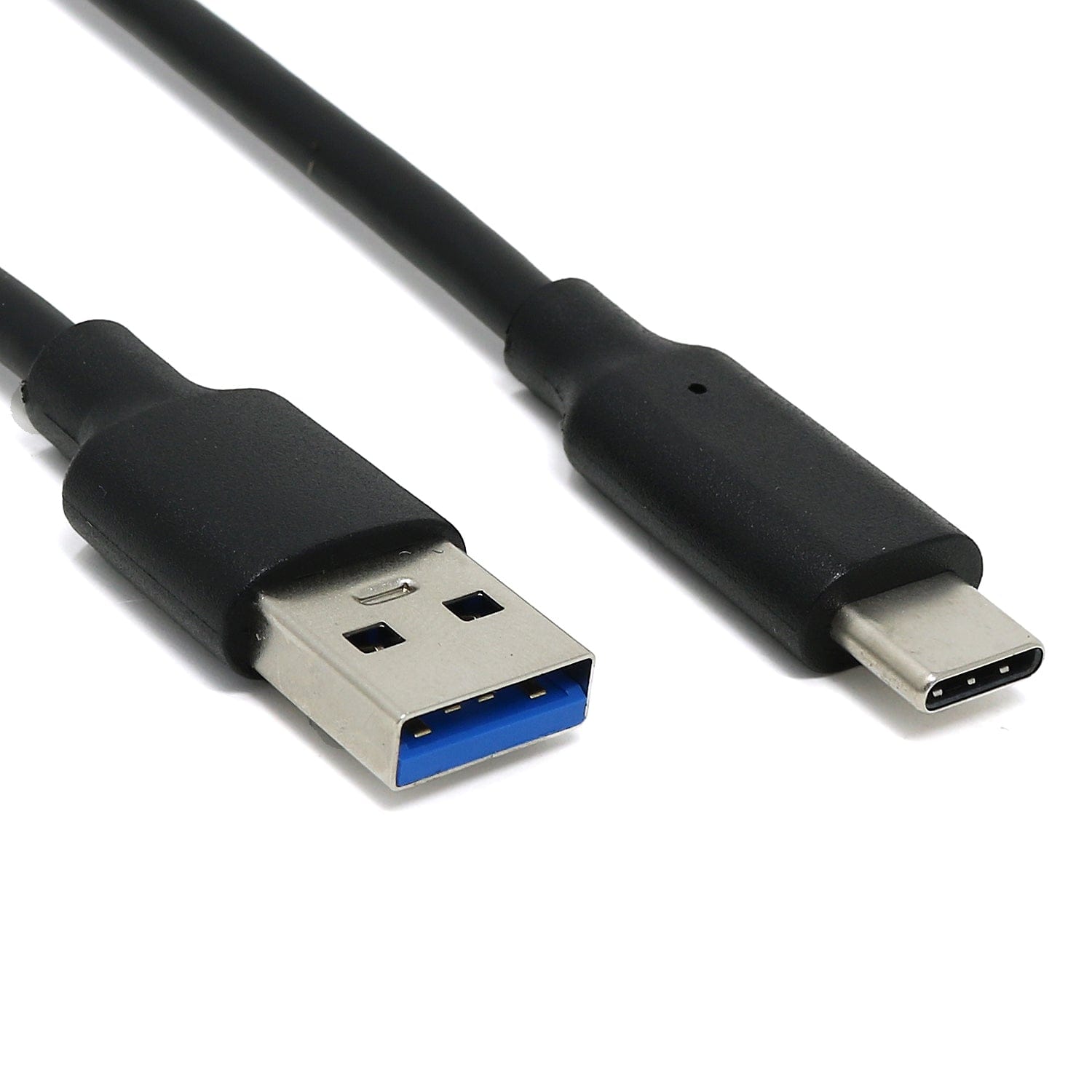
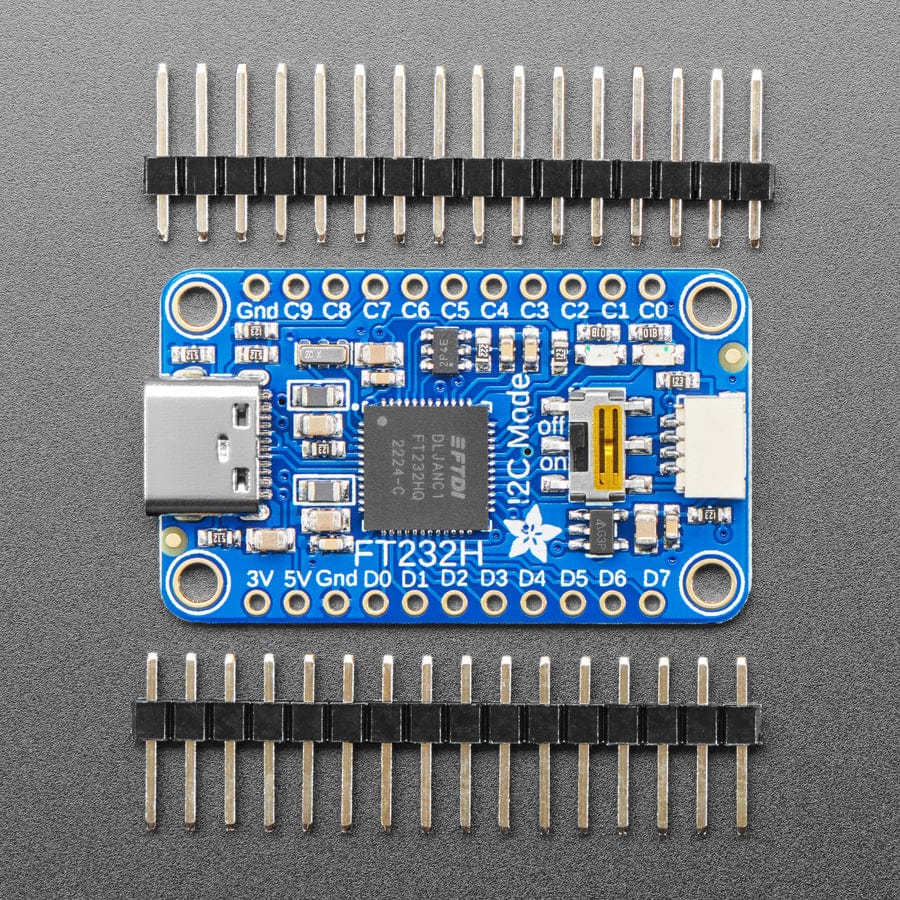

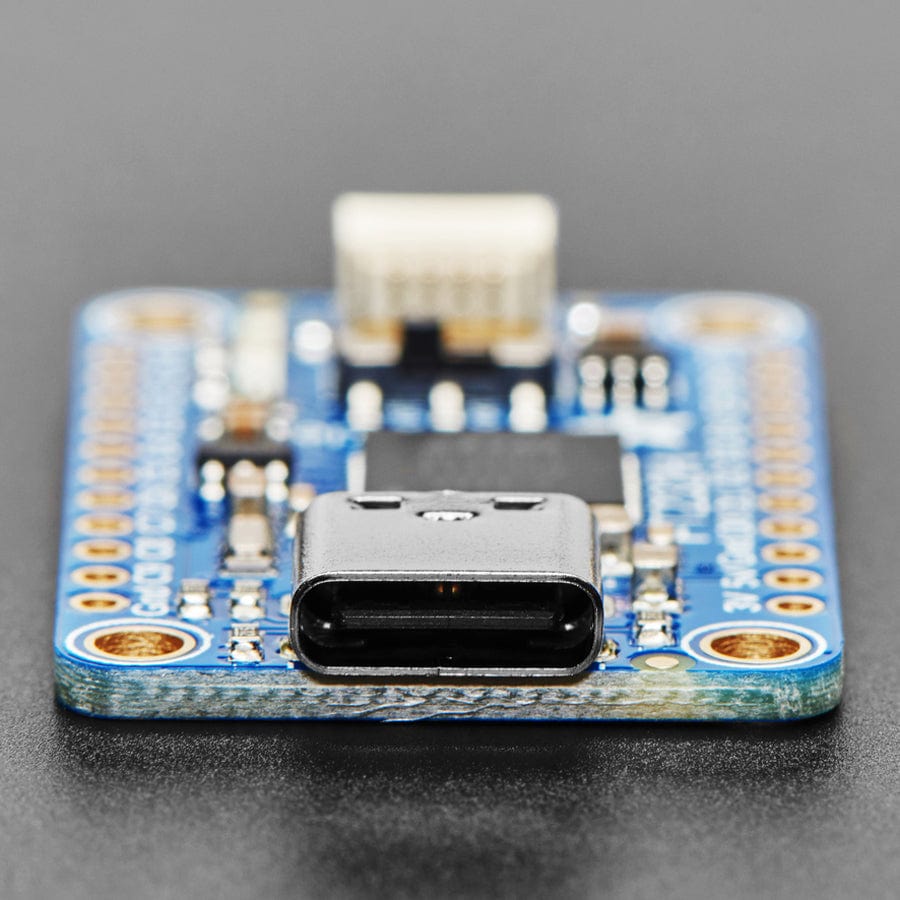
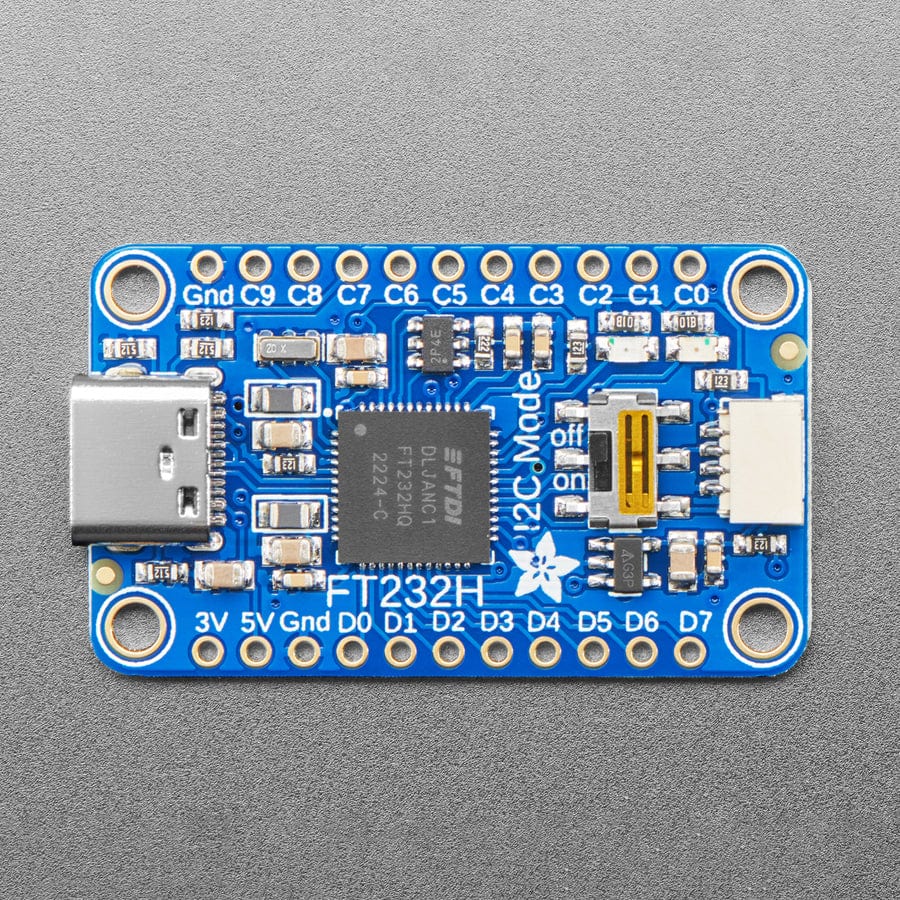
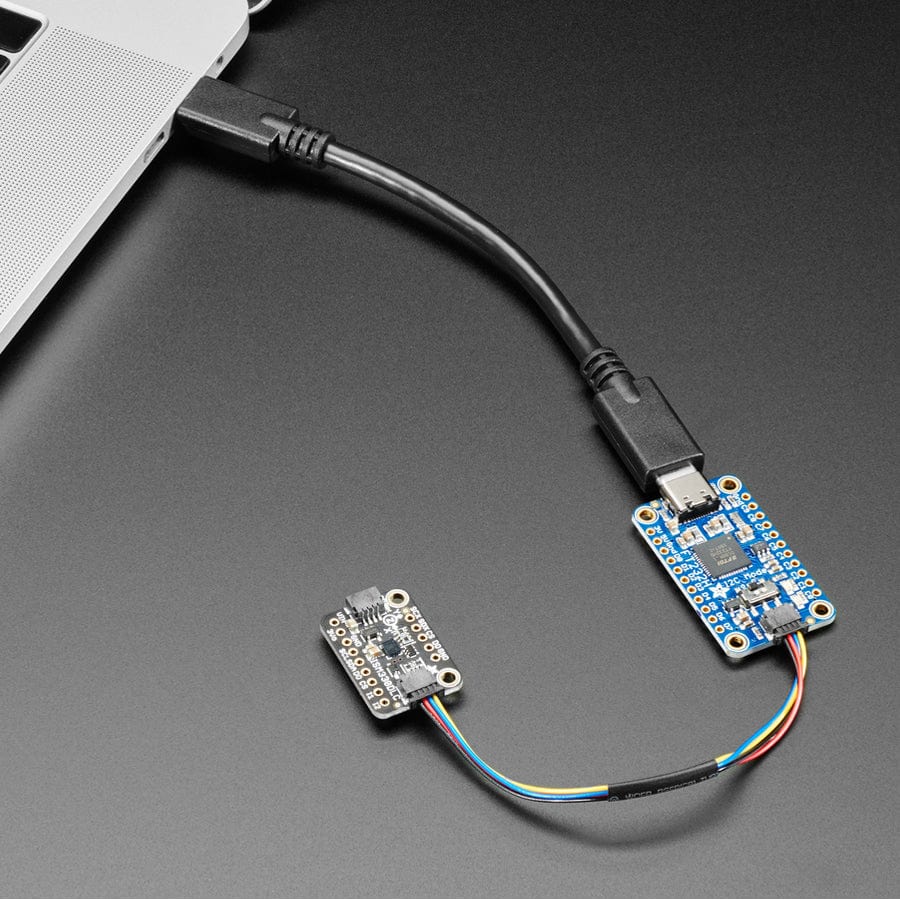

Login / Signup
Cart
Your cart is empty







The Adafruit FT232H Breakout Board lets your computer communicate directly with devices over SPI, I²C, UART, JTAG, and GPIO. Based on the FTDI FT232H chip, it acts as a USB-to-multiprotocol interface—perfect for testing sensors, displays, and other hardware without using a microcontroller.
Wouldn't it be cool to drive a tiny OLED display, read a colour sensor, or even just flash some LEDs directly from your computer? Sure, you can program an Arduino or Trinket to talk to these devices and your computer, but why can't your computer just talk to those devices and sensors itself? Well, now your computer can talk to devices using the Adafruit FT232H breakout board!
What can the FT232H chip do? This chip from FTDI is similar to their USB to serial converter chips but adds a 'multiprotocol synchronous serial engine' which allows it to speak many common protocols like SPI, I2C, serial UART, JTAG, and more! There are even a handful of digital GPIO pins that you can read and write to do things like flash LEDs, read switches or buttons, and more. The FT232H breakout is like adding a little Swiss army knife for serial protocols to your computer!
This chip is powerful and useful to have when you want to use Python (for example) to quickly iterate and test a device that uses I2C, SPI or plain general purpose I/O. There's no firmware to deal with, so you don't have to deal with how to "send data to and from an Arduino which is then sent to and from" an electronic sensor or display or part.
This breakout has an FT232H chip and an EEPROM for onboard configuration. You can read tons more about this chip from FTDI's page and check out the tutorial on how to get started and use the Python code to control the FT232H with Mac/Win/Linux and get access to our hundreds of CircuitPython libraries and tutorials.








